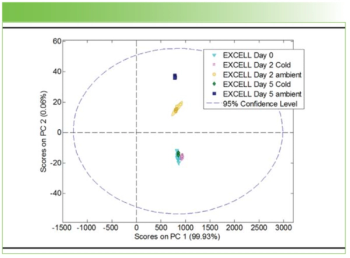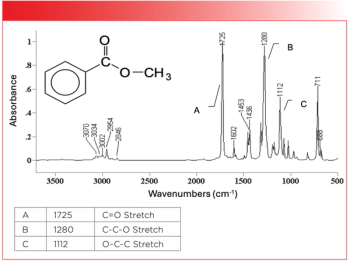
Advancing Wetland Classification: Visible-NIR Spectral Characteristics Analysis Using Hyperspectral Data
A study utilizing hyperspectral data has revealed valuable insights into the spectral characteristics of typical ground objects. The research findings offer potential for enhanced wetland classification and demonstrate the efficacy of hyperspectral imaging in wetland research.
Harnessing the power of hyperspectral image data, researchers have made significant strides in the fine classification of wetlands. Understanding the spectral characteristics of these ecosystems is crucial for accurate wetland classification and improved classification accuracy. In a recent study published in Spectroscopy Letters, hyperspectral data was utilized, along with the Pure Pixel Index (PPI), to extract the average spectral curves of 11 representative ground objects in the Poyang Lake wetland area (1).
To analyze the spectral characteristics of these ground objects, two mathematical transformation methods were employed: continuum removal and the first derivative. These transformations were combined with spectral characteristic parameters to uncover valuable insights. By combining the mean distance of ground objects with the range of data error, characteristic visible (vis) and near-infrared (NIR) wavelengths were selected before and after spectral transformation.
The study also incorporated the Mahalanobis distance method to validate the recognition effect of the characteristic bands. The results of the analysis unveiled several important findings. Firstly, spectral transformation proved to be highly effective in amplifying the differences between ground objects. The continuum removal technique revealed increased characteristic bands for four types of vegetation and the emergence of characteristic bands for four other ground objects. Similarly, the first derivative method extended the characteristic bands of vegetation from the red-edge of the visible region to the NIR region.
Furthermore, the method that combined mean distance and data error range successfully screened the spectral characteristic bands of typical ground objects in Poyang Lake wetland, leading to hyperspectral dimensionality reduction. Notably, the Mahalanobis distance between different types of ground objects was found to be larger than when comparing the same types of ground objects, with the exception of shoaly land and road targets.
This study contributes valuable insights into the spectral recognition and classification of freshwater lake wetlands. Additionally, it highlights the immense potential of hyperspectral image data in advancing wetland research and classification accuracy. With further exploration and application, hyperspectral data can unlock new avenues for understanding and protecting these important ecosystems.
Reference
(1) Feng, Q.; Kuang, R.; Xia, A.; Jiang, F.; Zhou, M. Spectral characteristics analysis of typical ground objects in Poyang Lake wetland based on “Zhuhai-1” hyperspectral data. Spectrosc. Lett. 2023, ASAP. DOI:
Newsletter
Get essential updates on the latest spectroscopy technologies, regulatory standards, and best practices—subscribe today to Spectroscopy.





